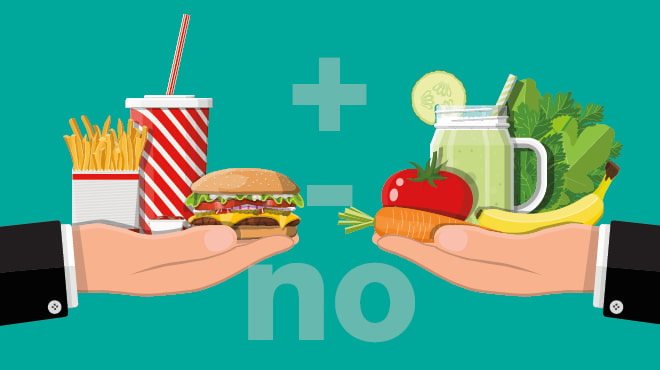Recent Posts
-

-
 Patient StoriesA lifesaver saved: An EMS veteran’s journey from rescue to recoveryNovember 14, 2025
Patient StoriesA lifesaver saved: An EMS veteran’s journey from rescue to recoveryNovember 14, 2025 -

Tobacco products and weight-loss surgery
You’ve decided to pursue weight-loss surgery. You’ve found out your insurance provides coverage. You’ve attended all your pre- and post-operative appointments. You’ve discovered you are a good candidate surgery. Now you are told that you have to stop the use of tobacco products before you can have surgery. Why is this necessary?
If you have had surgery before, you’ve been told that smoking affects your lung function, putting you at greater risk of anesthesia complications during and after surgery. Smoking can increase your risk of developing blood clots in your legs following surgery, which can lead to clots to your lungs, heart and brain. Smoking also decreases blood circulation, affecting the healing process of your incisions. Besides the risks to the heart and lungs, tobacco decreases blood flow to the lining of the stomach, leading to a threefold increased risk of ulcer formation in the surgically altered stomach and small intestine following weight loss-surgery.
If you use tobacco products, you know how hard it is to stop. But to continue on this journey, you’ve decided to quit. Where do you begin?
In general, there are four phases to quitting smoking:
1. Preparing to quit.
Make a list of all the reasons you’ve decided to quit smoking. Identify your smoking triggers (things that make you want to smoke). Learn why you smoke by keeping a journal noting when, where and with whom you smoke. Write down your feelings when you smoke. Are you angry, nervous, bored or depressed?
2. Choosing your quit date.
Whatever method of quitting you choose, your quit date is the day you stop smoking for good. You can prepare to quit by smoking fewer cigarettes, switching to a brand you don’t like, signing up for a smoking cessation program, or speaking with your healthcare provider about using a medication to help you cope or using nicotine replacement therapy.
3. Coping with withdrawal.
Nicotine is an addictive drug. Quitting can bring on temporary withdrawal symptoms, such as strong cravings, headaches, irritability, insomnia and difficulty concentrating. With help and support, you can overcome withdrawal symptoms.
4. Fighting slips and relapse.
This phase involves making changes in your lifestyle that help you stay free from smoking. Plan things to do when you feel the craving for a cigarette, such as going for a walk, chewing sugarless gum, brushing your teeth, or chewing on a celery or carrot stick.
Resources that can help you are your primary care provider, Wisconsin Quit Line at 1-800-QUIT-NOW; the American Cancer Society and the American Lung Association.
By Mayo Clinic Health System staff


